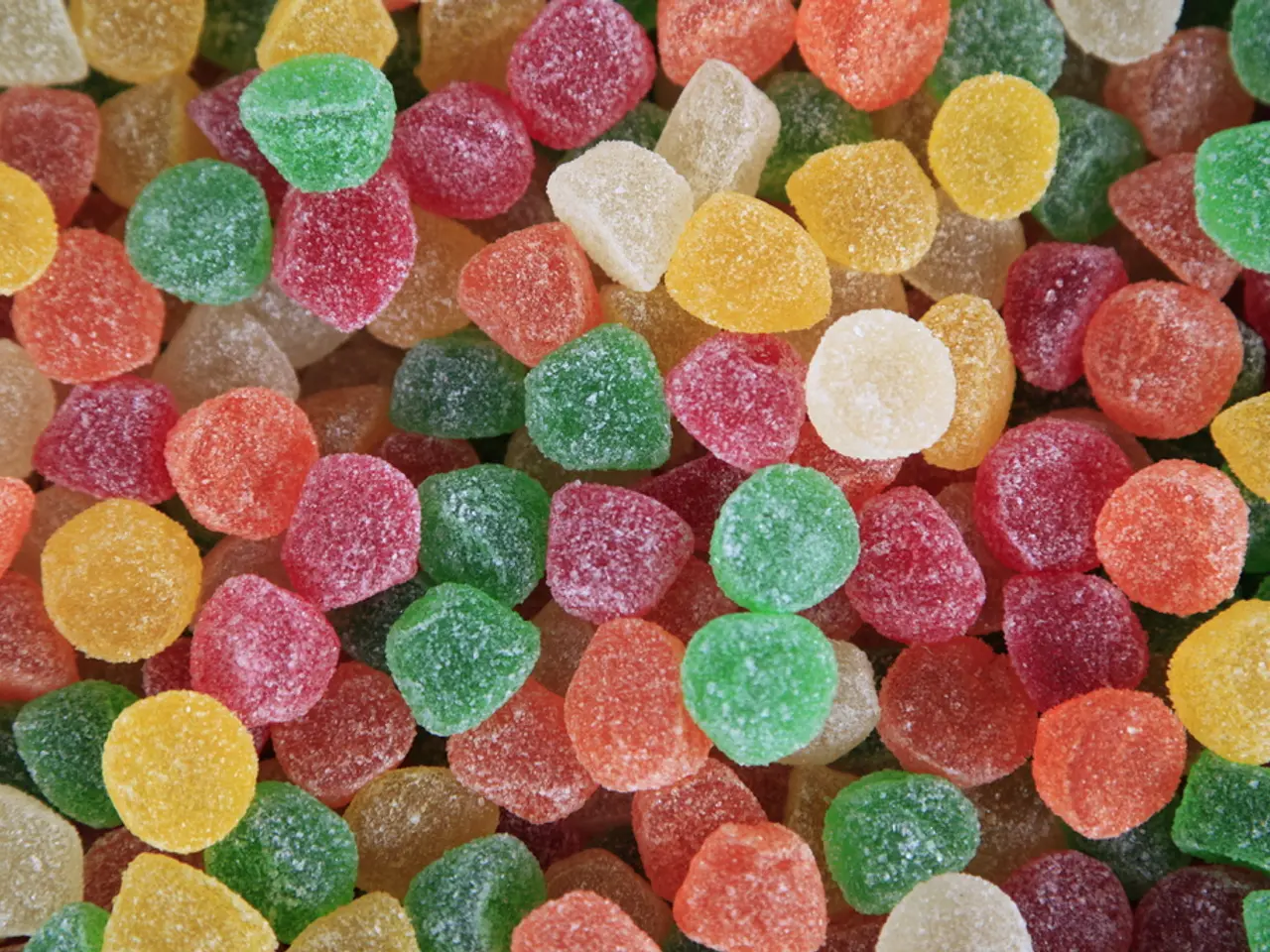Synthetic dye-free versions of Skittles and M&M's, along with additional candy options, slated for release in 2026
Major Consumer Product Companies Phase Out Artificial Food Dyes
In a significant move towards healthier food options, several leading U.S. consumer product companies have announced plans to phase out artificial food dyes and replace them with natural alternatives. The initiative, spearheaded by Health and Human Services Secretary Robert F. Kennedy Jr., aims to "Make America Healthy Again."
Companies Embracing the Change
Mars, Hershey, General Mills, Nestlé, Kraft Heinz, PepsiCo, and others have pledged to completely eliminate artificial dyes over the next few years. Most companies aim to finish by 2026–2027, with some starting removals in 2025.
Mars Wrigley, with its move to remove FD&C colors, joins this growing list of major consumer product goods companies offering naturally colored products. The first brands to be available without FD&C colors will include M&M's Chocolate, Skittles Original, Extra Gum Spearmint, and Starburst Original fruit chews.
A Science-Led Approach
Anton Vincent, president of Mars Wrigley North America, stated that the company's approach is always consumer-focused and science-led. Mars Wrigley experts are exploring alternatives that satisfy scientific safety criteria, technical requirements, and consumer preferences.
Regulatory Support
The U.S. Food and Drug Administration (FDA) is actively working with manufacturers to eliminate six certified color additives (FD&C Green No. 3, Red No. 40, Yellow No. 5, Yellow No. 6, Blue No. 1, and Blue No. 2) by the end of 2027. This follows revocation of permissions for some dyes like FD&C Red No. 3 earlier in 2025. The FDA supports these changes due to concerns about links between artificial dyes and health issues such as ADHD, obesity, and diabetes.
A Shift in Consumer Preferences
The move away from synthetic color additives was first announced by Mars Wrigley on July 24. This decision reflects a broader industry movement driven by rising consumer demand and regulatory changes. Multiple states have passed legislation to eliminate food dyes from school lunch programs, further emphasizing this shift in consumer preferences.
As of May, the U.S. Food and Drug Administration has approved three additional color additives from natural sources that align with the Department of Health and Human Services' goals.
Looking Ahead
Mars Wrigley will share updates on timing and specific product commitments once it has identified a "fully effective, scalable solution." Other companies, such as Kellogg, Sam’s Club, and Tyson Foods, are also in the early phases of artificial dye removal.
This commitment to healthier food options is a step towards a future where consumers can enjoy their favourite treats without compromising on their health. The FDA's collaboration with the industry will facilitate a nationwide phase-out of these ingredients by 2027, ensuring a safer and healthier food landscape for all.
Science and health-and-wellness intertwine as Mars Wrigley, following the trend, transitions to natural food dyes for their products, citing a consumer-focused, science-led approach. This move towards food-and-drink with naturally sourced color additives serves to enhance lifestyle choices by reducing potential health risks associated with artificial dyes.




